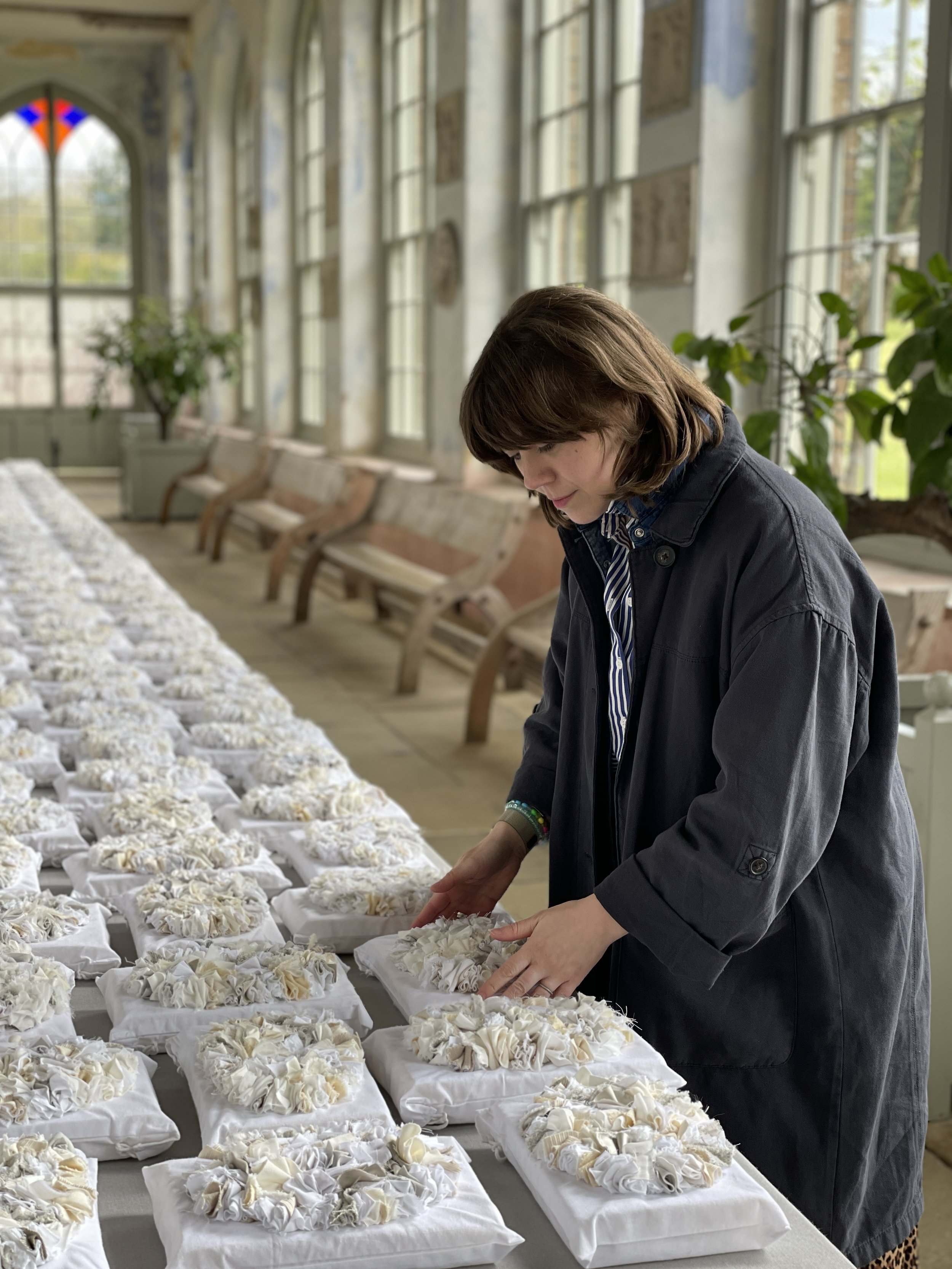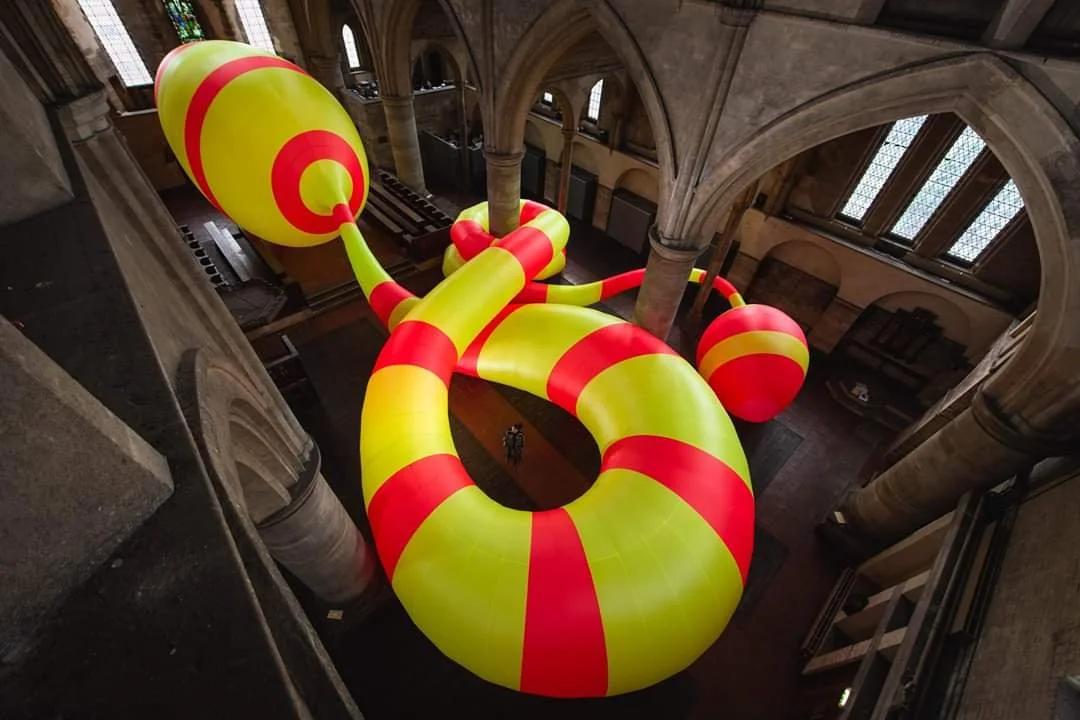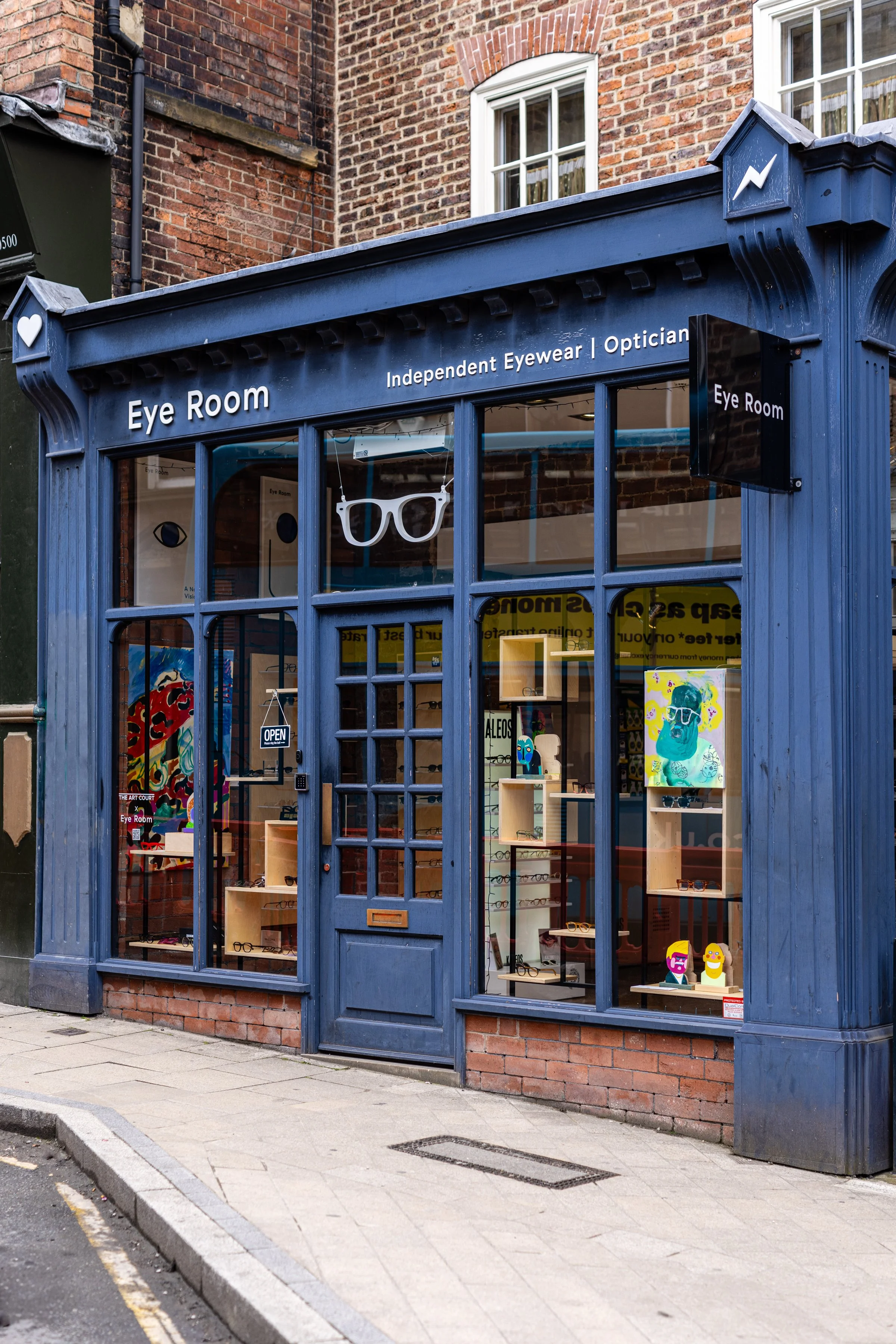
artist / curator / collaborator
-

ARTIST
My artistic practice explores aspects of my own identity. I work with materials taken from the places I lived during my childhood such as rocks, sand, dirt and found objects. These take on forms that I feel resonate with the sense of place and my associated feelings and can include sculpture, installation, drawing, photography and film.
-

CURATOR
As an independent curator I deliver a range of cultural projects that are a mixture of client led and self initiated. I work with clients such as National Trust, The Mercer Art Gallery, Leeds Playhouse, Sunny Bank Mills and Rushbond. I founded the Leeds Summer Group Show in 2015 and I write a monthly column for The State Of The Arts called Snooping Through Studios.
-

COLLABORATOR
I take a collaborative approach to much of my work. I have a collaborative working relationships with some artists and I also have formal collaborations with brands and organisations such as Eye Room, an independent optician in Leeds City Centre and Rushbond, the Yorkshire-based property developer.
BACKGROUND
Just a quick overview since uni:
Studied art and transferred to design
Worked as a graphic designer for a newspaper and then in sales for a radio station.
Moved to the UK and my first proper job was at Leeds College of Art & Design in marketing
Worked in marketing for HE before the arts
Director at Left Bank Leeds where I got to curate and oversee the arts programming
Started the annual Leeds Summer Group Show
Curated shows and commissioned new works
Did an 8-week research trip around WA
Worked with LMG
Have been freelance for three years
CURATING
Your role as a curator is to care about the art, how it is shown, the stories it tells, the context in which it’s presented and the way audiences engage with the works.
Here’s a list of things I try to consider when curating:
Viewer
Logistics
Size and scale
Colour and contrast
Lighting
Context
Labels and text
Be brave
Be organised
Be kind
VIEWER
how people navigate the space
when they’ll first encounter a piece
site lines
photo opportunities
the angles the work is visible from
height and considering accessibility
LOGISTICS
logistics and restrictions can help shape a show
get to know the building and restrictions
look at what you have available to you in the space
play around and try things to see what they look like
consider aspects of a show from different angles
things don’t have to be all the same but they do need to look considered and intentional
(FWCH, Left Bank Leeds, Leeds Playhouse, Eye Room)
SIZE AND SCALE
think about the space you are showing and how that will impact the presence of the artwork
how people will feel when they step into the space
if they will feel small as they look up
or large as they loom over something
if you want viewers to explore and things will slowly be revealed
or if it will all be shown all in one go
(INF23, 365 Globes, Hannah Robson, Phill Hopkins)
COLOUR AND CONTRAST
colours can help hold a show together
colours on the walls
colours within the artworks
interplay between works
colour can add to the drama or mood
colours can help artworks pop ie dark grey, dark blue
other colours are more challenging to work
(The Mercer Open, FWCH walls)
LIGHTING
lighting is so important but rarely fab, even in a dedicated gallery space
if you do have an adjustable lighting system you’ll be able to consider if you want even lighting, spotlights or lower levels and more atmospheric
the lighting was terrible at Left Bank Leeds but the subject matter worked in my favour with the Abandoned Yorkshire photography exhibition
the use of the heat lamps added atmosphere
(Left Bank Leeds, Barbican)
CONTEXT
consider the stories or themes within the exhibition and how these relate to one another and also to the space you’re using
a former church building for example might change the way the audience reads a work
an exhibition by young people seeking asylum may be viewed differently than if the work on show was made by a 14 year old from Harrogate
some venues will need to be family friendly
others might need trigger warnings on some content
are you going to share the context in which the work was made?
(Anastasis Easter/Earth reflections, Sarah Roberts)
LABELS AND TEXT
are you going to use labels, info sheets and interpretative text
what information are you going to provide
will this be printed or available online
consider the font, the size and positioning
in most settings I would suggest at least 16points
are you going to do a catalogue or an online catalogue
(British Library, Eye Room)
BE BRAVE
experiment, try things out and see what they look like
you don’t have to do things the way others do them
you can be intuitive and guided by gut instinct
use the resources you have on hand
ask for help and ideas from others
be honest and transparent
apologise if you’ve made a mistake
be upfront about money
BE ORGANISED
give yourself contingency time as everything takes longer than you want it to
front load the work so you have the late nights early on whilst you have time to resolve issues
plan and prep but know that during the install things will change, plans will go out the window and things will feel very different irl than they did on your A4 floor plan
document all your work so that you have beautiful images for your social media, website and archive
BE KIND
be kind to yourself and to others
thank people and acknowledge their contribution
support others when you can and go to openings
share things on social media, like, follow etc.
be positive and patient
build good networks and form good relationships
be collaborative but know the stars need to align
be the sort of person people want to work with
(Sarah Ferrand Scott 2007, ESA 10 years ago, Playhouse)

2024 LEEDS SUMMER GROUP SHOW
DEADLINE IS 12 JUNE VIA CURATORSPACE
Over to you!












